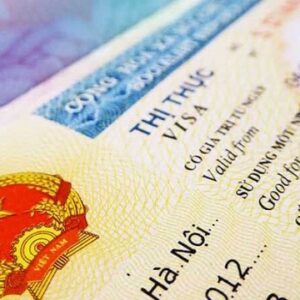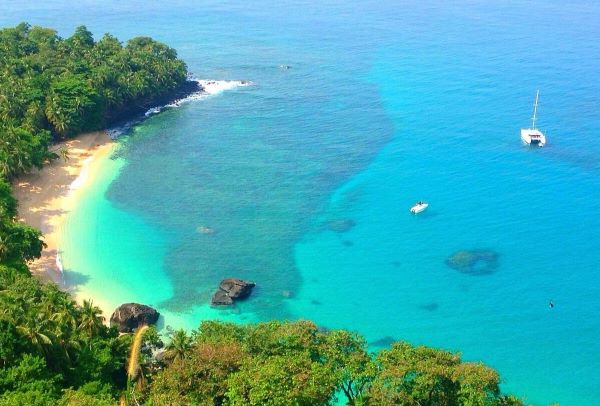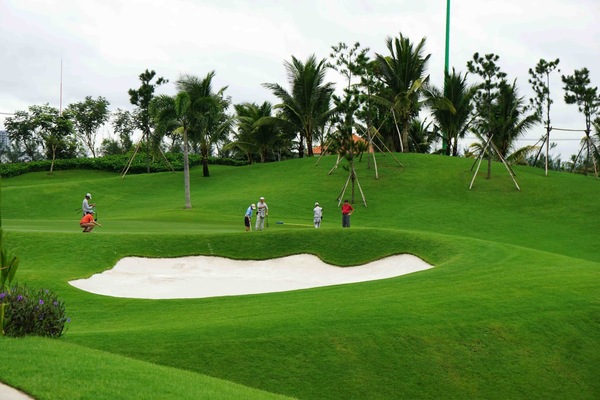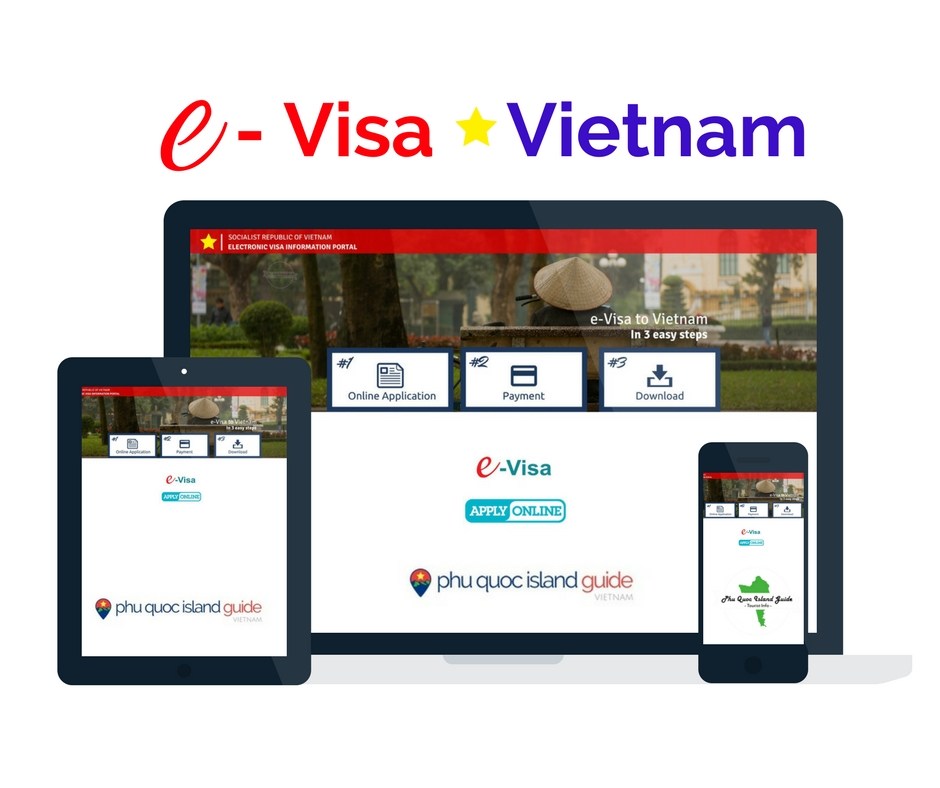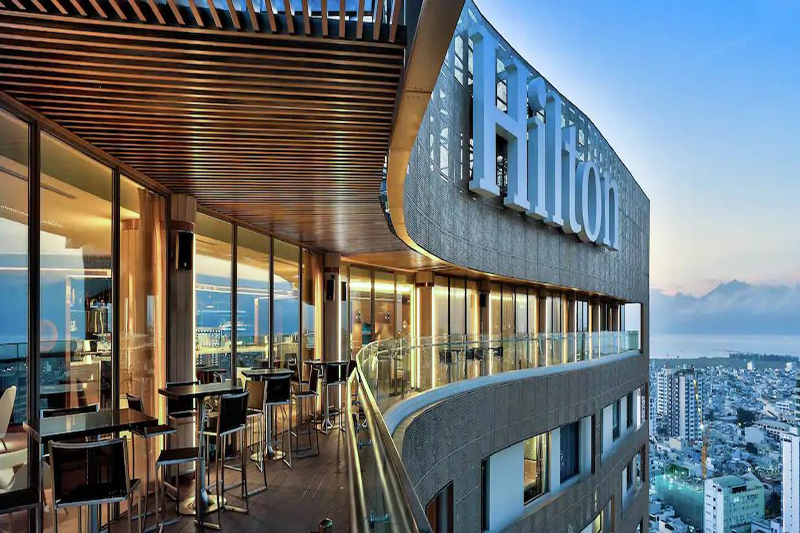Are you gearing up for a journey to Vietnam? Unraveling the intricacies of Vietnam visa requirements is paramount for a seamless entry into the country. Whether you’re a globetrotting tourist, a business professional, or an expatriate, understanding Vietnam visa entry rules can save you time and effort. In this comprehensive guide, we’ll break down everything you need to know about Vietnam visa exemption as of March 11, 2025, ensuring your trip is smooth and stress-free.
Tourist Visa Exemption in Vietnam
Planning your visit to Vietnam involves more than just packing your bags. Vietnam offers visa-free entry to citizens of select countries for a specified duration, eliminating the need for a pre-arranged visa or e-visa. This policy is designed to boost tourism and foster international relations, making it a win-win for travelers seeking an affordable and accessible vacation. The rules vary depending on your nationality so understanding these information will help you better prepare for your travels.
Is Vietnam Visa Needed for All Foreigners?
Vietnam visa exemption program offers a convenient entry for travelers from specific countries. However, it’s important to note that not all visitors are eligible for visa exemption. The need for a Vietnam visa depends on your nationality and the purpose of your travel.
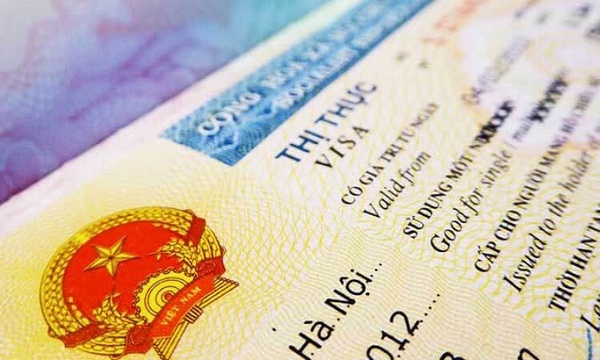
Understanding the Vietnam visa needed is crucial to ensuring a smooth entry into the nation
As of March 2025, regular passport holders of 26 countries DO NOT need a visa for Vietnam. Here is the full list of Vietnam visa free countries and duration:
| No. | Country | Maximum Visa-Free Duration |
| 1 | Belarus | 30 days |
| 2 | Brunei | 14 days |
| 3 | Cambodia | 30 days |
| 4 | Chile | 90 days |
| 5 | Denmark | 45 days |
| 6 | Finland | 45 days |
| 7 | France | 45 days |
| 8 | Germany | 45 days |
| 9 | Indonesia | 30 days |
| 10 | Italy | 45 days |
| 11 | Japan | 45 days |
| 12 | Kazakhstan | 30 days |
| 13 | Kyrgyzstan | 30 days |
| 14 | Laos | 30 days |
| 15 | Malaysia | 30 days |
| 16 | Myanmar | 14 days |
| 17 | Norway | 45 days |
| 18 | Panama | 90 days |
| 19 | Philippines | 21 days |
| 20 | Russia | 45 days |
| 21 | Singapore | 30 days |
| 22 | Spain | 45 days |
| 23 | South Korea | 45 days |
| 24 | Sweden | 45 days |
| 25 | Thailand | 30 days |
| 26 | United Kingdom | 45 days |
Benefits of Vietnam Visa Exemption Policy
- Cost Savings: Skipping the visa application process means no fees for e-visas (typically $25 USD) or embassy processing charges.
- Spontaneity: Visa-free travel allows for last-minute trips without bureaucratic delays.
- Extended Stays: With up to 45 days for some countries, you can explore Vietnam’s diverse regions without rushing.
Make the Most of Your Visa-Free Trip
To make the most of your Vietnam visa-free stay, tailor your itinerary to your allowed duration.
With 15 days, enjoy a highlights tour exploring Sapa‘s stunning landscapes, cruising Ha Long Bay, wandering Hoi An’s Ancient Town, and delving into the historic Cu Chi Tunnels.
For 30 days, venture off the beaten path to Ninh Binh’s dramatic limestone karsts or unwind on Phu Quoc’s pristine island shores.
A 45-day stay grant more time to experience the slow-paced life in the northern region, soak up Hanoi Old Quarter charm, relax in Da Nang’s coastal vibe, and dive into the vibrant nightlife in Ho Chi Minh City.
Tips for a Smooth Visa-Free Entry
- Check Updates: Immigration policies can shift, so verify the latest rules before departure.
- Carry Documents: Have your passport, return ticket, and hotel booking handy at immigration checkpoints.
- Know Your Limits: Overstaying your visa-free period can result in fines or deportation, so plan accordingly.
Required Documents for Vietnam Visa Application
If you’re planning to obtain a Vietnam visa (tourist visa) in 2025, certain documents are crucial to meet the entry requirements. Ensuring you have the following documents will pave the way for a smooth entry into Vietnam:
- Passport: Ensure your passport is valid for at least six more months with one blank page for the visa sticker.
- Photos: Prepare two recent passport-sized photos (4×6 cm) without glasses or headwear obstructing your face.
- Application: Complete the M3 entry/exit form for visa on arrival.
- Stamping Fee: Be ready to pay the stamping fee in cash ($25 USD for single entry, $50 USD for multiple entries) upon arrival for visa on arrival.
- Approval Letter: Obtain an approval letter for visa on arrival at Vietnam’s airport.
- Passport Scan: Provide a scan of your passport’s bio page for e-visa application.
- Payment: Have a valid credit/debit card for online e-visa fee payment.
- Onward Travel Proof: In some cases, proof of onward travel may be necessary.
Understanding the intricacies of Vietnam visa requirements, including exemption details and the application process, is essential for a smooth and hassle-free journey. Whether you’re exploring the vibrant streets of Hanoi or relaxing on the picturesque beaches of Phu Quoc, being well-informed about Vietnam visas ensures you can focus on enjoying your travels.
Read more: Vietnam E-visa

